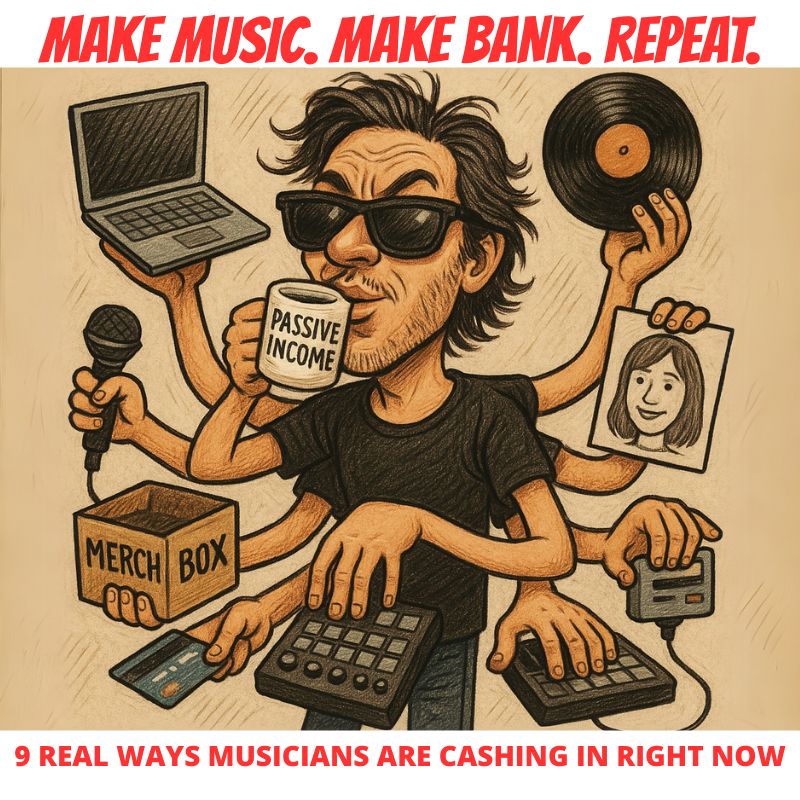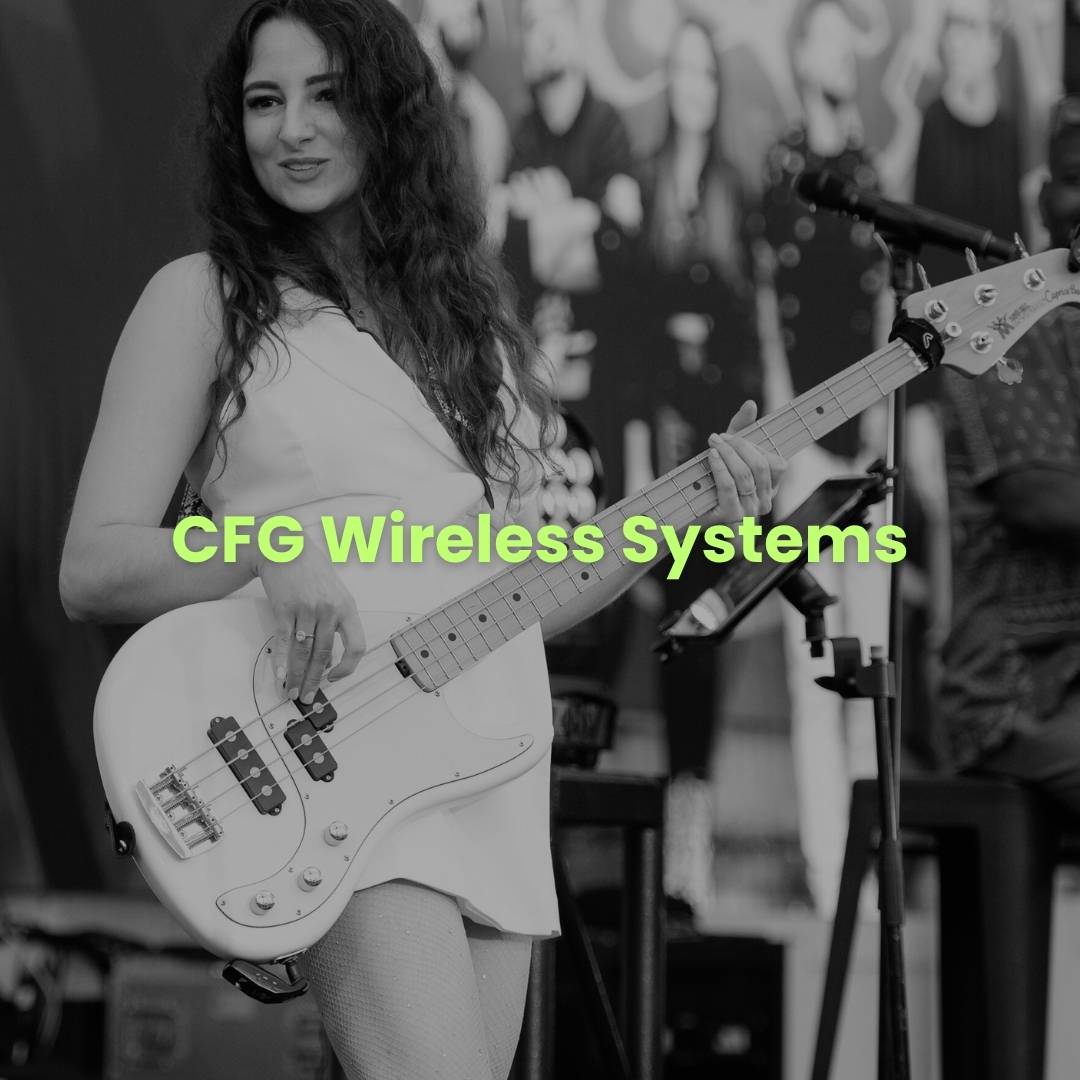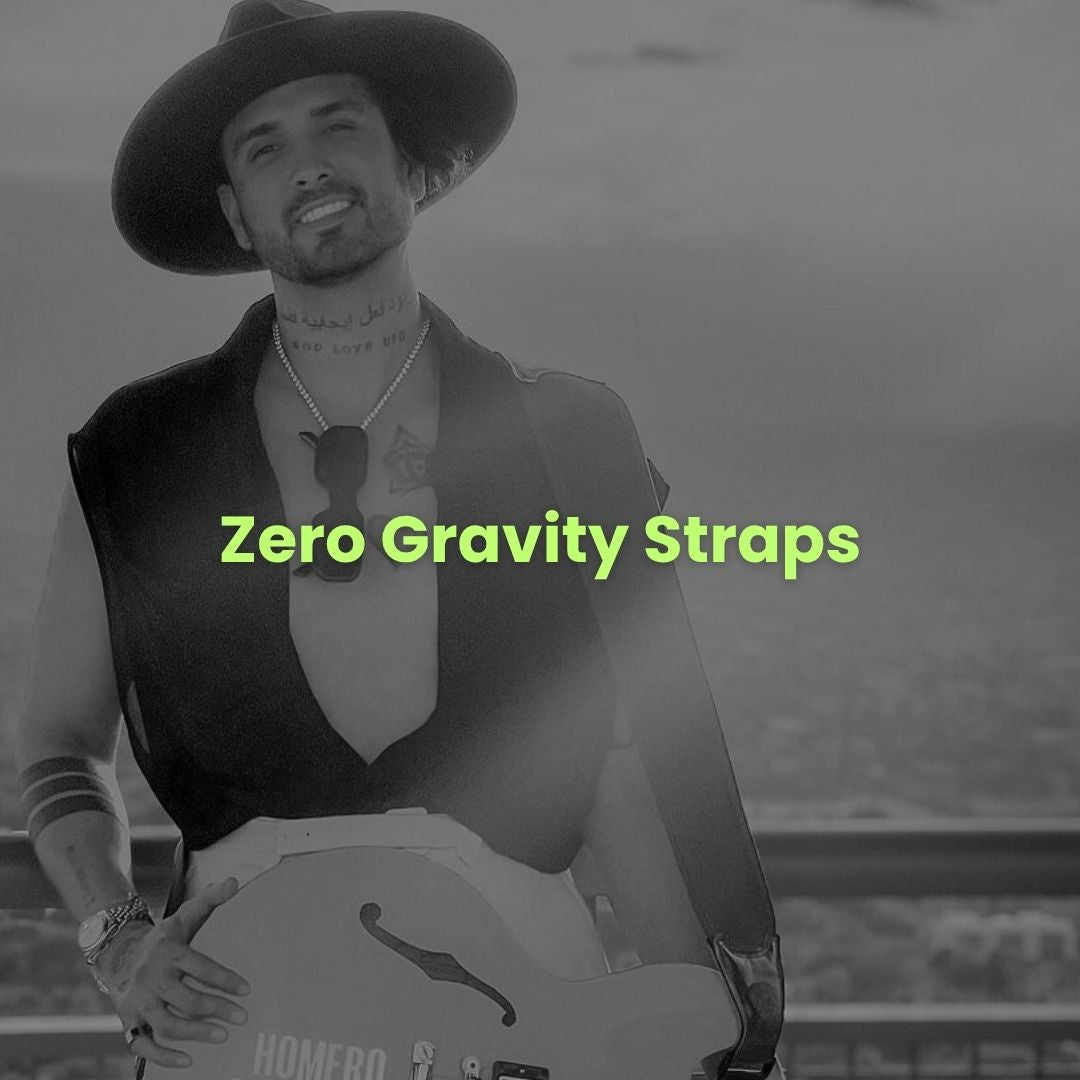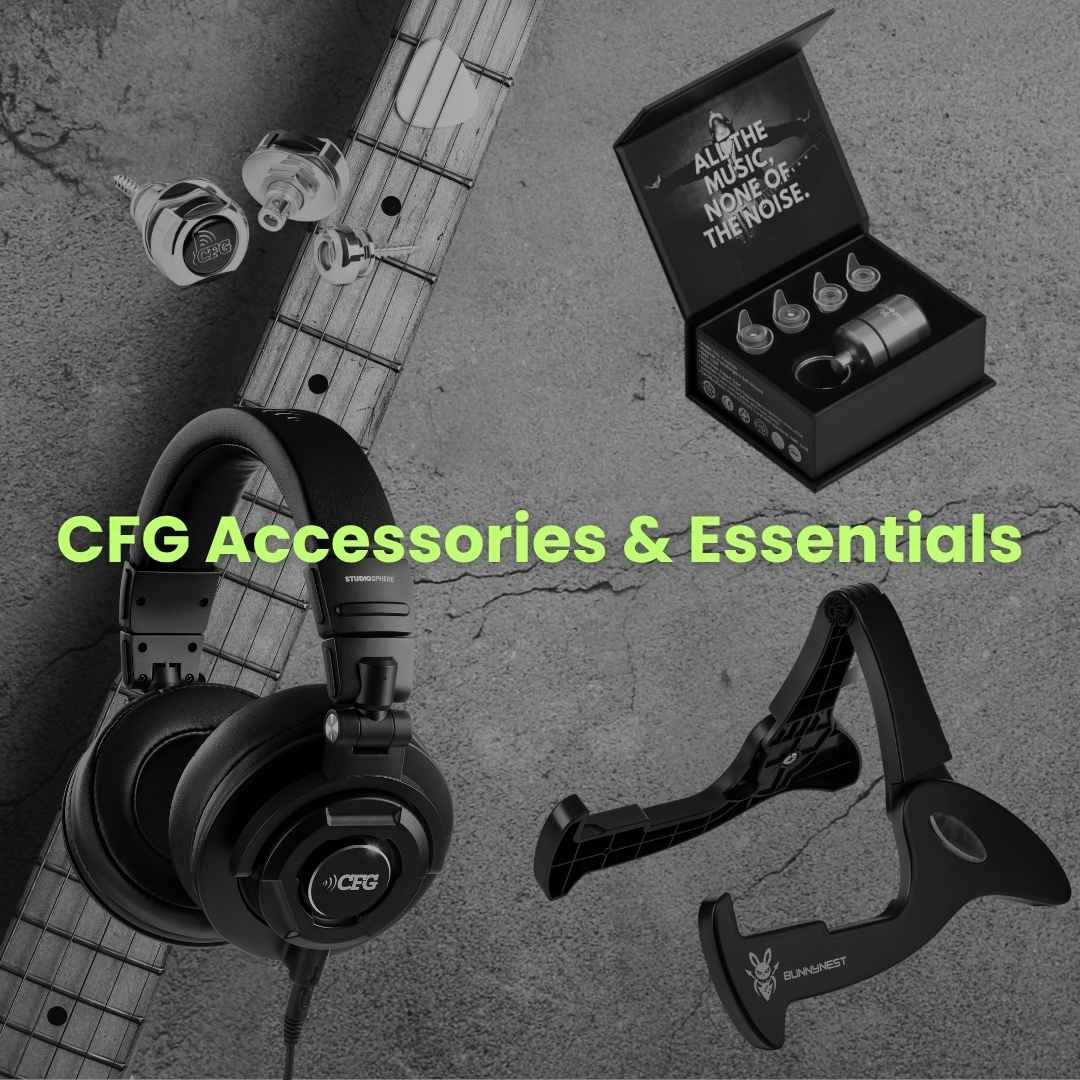Streaming Is a Joke, But You're Not
Let’s get this out of the way: if you're still trying to make rent off Spotify streams, you might as well start investing in scratch-off tickets. In 2025, a million streams on Spotify will net you about enough for a burrito and a side of guac… if you skip the drink.
But here’s the good news — musicians are finally finding smarter, actually sustainable ways to make money that don’t require begging for playlist adds or praying for viral TikToks. We’re talking direct fan support, licensing wins, and digital side hustles that pay better than your old bar gig ever did.
You don’t need a label. You don’t need to be “famous.” You just need to treat your music like a small business — and start tapping into these 10 revenue streams that are quietly becoming gold mines for indie artists in 2025.
1. Subscription Platforms (That Aren’t Just Patreon)
Remember when Patreon was the only way to get monthly support from fans? Yeah, about that — creators in 2025 are jumping ship. Between rising fees, sketchy changes to their terms of service, and a platform that’s starting to feel like it’s just for podcasters and spicy content, musicians are exploring greener pastures.
Here’s a look at the top platforms artists are using this year, and what kind of cut they take from your fan money:
Fee Breakdown – Who’s Taking the Least From Your Fan Love?
| Platform | Cut Taken | What Makes It Different |
|---|---|---|
| Buy Me a Coffee | 5% | Simple, tip-friendly, great for casual support. |
| Ko-fi | 0% (free version) / 5% (premium) | Ideal for one-off tips and shop-style digital sales. |
| Mighty Networks | 3-5% + Stripe fees | Full-fledged community platform, not just subscriptions. |
| Memberful | 4.9% | Advanced tools, good for musicians with a mailing list. |
| Bandzoogle | Flat monthly fee | Built for musicians; integrates with merch, mailing lists, etc. |
| Substack | 10% | Newsletter-based — great if you're a storytelling type. |
| OnlyFans | 20% | Yeah, it’s spicy... but some musicians do use it for fan subs. |
| Discord + Stripe | Variable | Totally custom — paywall channels, private streams, etc. |
⚠️ Note: Most platforms use Stripe or PayPal to process payments, and those take their own 2.9% + $0.30 per transaction fee. Always read the fine print before locking in.
What Works in 2025
The golden rule of subscriptions: don’t just ask for money — give people a reason to be in your world.
Try this:
- $3/month: Early demos, lyric PDFs, phone wallpapers of your cat and pedalboard.
- $7/month: Exclusive acoustic version each month, behind-the-scenes tour vlogs.
- $20/month: Monthly Zoom hang, name in the credits of your next EP.
And for your own sanity: automate everything. Tools like Zapier can send new subscribers a welcome email, a Dropbox link to your vault, and even add them to your Discord with the right role. No burnout, no problem.

2. Sync Licensing: Not Dead, Just Locked Behind New Doors
Quick primer for the uninitiated: Sync licensing is when your music gets placed in a TV show, movie, video game, commercial, or YouTube video — anywhere someone “synchronizes” your audio with visual content. Every time your song lands in one of those spots, you get paid.
But here’s the catch: in 2025, you’re not pitching directly to HBO or EA Games. You're pitching to the gatekeepers — aka sync agents.
💡 What’s a Sync Agent?
A sync agent is like a music realtor. They shop your songs to music supervisors (the folks who choose music for film/TV/game projects). In return, they take a cut of the licensing fee. Some are worth their weight in gold. Others are glorified gatekeepers sitting on an inbox they don’t check.
What Sync Agents Actually Want in 2025
If you want your music to even get a glance, it needs to be ready-to-sync. That means:
- Instrumental versions: Supervisors often want your track without vocals. Have one ready.
- Tagged metadata: Every file needs to be labeled with:
- Song title
- Composer(s)
- Contact info (email!)
- BPM (tempo)
- Genre & subgenre
- Moods (e.g., “moody,” “triumphant,” “mellow drive”)
- Keywords like “indie rock,” “female vocal,” “uplifting”
- Clear rights: You need to own 100% of the rights, or be able to clear them fast. No samples from that old soul record. No free YouTube drum loops. Seriously.
- High-quality WAV files: No MP3s. Ever.
⚠️ Pro tip: Many agents want stems (separate tracks for vocals, guitar, drums, etc.), so editors can mix your track into a scene cleanly.
DIY Sync vs. Sync Agents – Who Takes the Bigger Cut?
Let’s talk money. You can:
1. Submit your music directly to sync libraries/platforms like:
Expect a 50/50 to 60/40 split in your favor, after platform fees.
2. Sign with a sync agent, who’ll shop your tracks to premium clients (Netflix, game studios, etc.).
- They usually take 30–50% of your sync fee, sometimes more if they also do publishing.
- But they may land you much higher-paying placements.
So what’s better? DIY gives you more control and uploads your music to searchable catalogs. Agents may get you fewer placements, but at bigger payouts. Many artists do both.

3. Live Stream Gigs with Merch + Tipping Integrated
Back in the early pandemic days, live streams were like musical duct tape — everyone was slapping something together and hoping it stuck. In 2025? It’s evolved. Artists are turning weekly livestreams into mini-concerts with built-in merch tables and tip jars that actually work.
And spoiler alert: Twitch isn’t just for gamers anymore.
The 2025 Livestream Setup That Doesn’t Suck
You don’t need to spend a fortune, but you do need:
- OBS Studio (free) or Streamlabs for a clean visual setup
- A good audio interface (not your laptop mic)
- Lighting that doesn’t make you look like you’re telling ghost stories
- Restream.io if you want to stream to YouTube, Facebook, and Twitch at the same time
Once your sound and lighting are dialed, it’s about monetization.
How Musicians Are Monetizing Their Livestreams in 2025
1. Tipping
- Platforms like StreamElements and Streamlabs let you set up virtual tip jars.
- Link it to PayPal or Stripe.
- Add custom alerts (like, a GIF of your dog dancing when someone tips $10 — trust me, it works).
2. Merch Integration
- Use Shopify or Printful to create merch (shirts, hats, mugs).
- Display it live during your stream with overlay pop-ups:
“New merch drop! Click the link in chat 👕” - Use Fourthwall if you want a full “musician storefront” look without building a website.
3. Tiered Access
- Free to watch? Cool.
- But $5/month subscribers on Twitch or YouTube can get:
- Post-show Q&As
- Song requests
- VIP merch discount codes
It’s like playing a house show... but in everyone’s house at once.
💡 Bonus Tip: Make It Feel Like a Real Show
Don’t just play and bounce. Engage. Banter. Talk gear. Show off that new pedal you scored. Ask the chat what riff to open with. Turn every stream into a hang, not a performance — and the tips will follow.

4. Direct-to-Fan Merch Drops (Physical + Digital)
Streaming pays fractions of a cent. Merch? Merch pays your rent. And in 2025, musicians are no longer schlepping boxes of T-shirts to gigs — they’re running online drops like sneaker brands.
The key word here is “drop.” Not a dusty merch tab on your website that never changes. We’re talking limited-run, one-week-only, fan-hyped, countdown-clock-style launches that actually get people excited to spend money.
Tools That Do the Heavy Lifting
You don’t need to hold inventory anymore. These platforms print and ship for you:
- Printful – T-shirts, hoodies, mugs, embroidered stuff. Syncs with Shopify.
- Fourthwall – Made for creators; includes digital goods and fan club support.
- Bandcamp Vinyl Pressing – Fans pledge for a vinyl pressing, you don’t pay upfront.
- Gumroad – Great for digital items like PDF tabs, sheet music, or behind-the-scenes content.
⚠️ What’s a “print-on-demand” service?
It’s a platform that only makes a product when someone buys it — no upfront cost, no stacks of unsold small-size shirts in your garage.
Bundle Like a Boss
Selling a T-shirt is fine. Selling a bundle? That’s where the magic happens.
Examples that convert:
- $35: Shirt + unreleased acoustic demo
- $45: Hat + handwritten lyric print + 10% off your next livestream show
- $10: Digital zine with song stories + 3 unreleased track stems
Create urgency with language like:
- “Only 50 bundles available”
- “This drop ends Friday at midnight”
People will buy just because they don’t want to miss out.
💡 Digital Merch Is Real Merch
Selling your actual music as a product is coming back around. Fans are buying:
- Lyric art prints
- MIDI files of your bass lines
- Multitrack stems to remix your songs
- PDF songbooks with stories for each track
You already made the art — now sell it in every format your fans might want.

5. Custom Fan Commissions
Imagine someone sliding into your DMs like:
“Hey, can you write a love song for my partner’s birthday? Budget’s around $300.”
You say yes. You make the tune. They cry. You get paid. Repeat.
This isn’t fantasy — it’s happening all over the place in 2025, and it’s not just for the Insta-famous folks.
What Counts as a Fan Commission?
- A full custom song (lyrics + music) for an occasion
- A short instrumental for someone’s podcast intro
- A birthday shout-out in your style
- A remix of a fan’s favorite song of yours
- Custom voicemail jingles (yes, really)
People are looking for authenticity, not perfection. If you’ve got a vibe, they’ll pay for it.
Where to Offer This Stuff
You don’t have to build your own commission system from scratch — these sites are built for it:
- SoundBetter – Connects musicians with people who need music services. Owned by Spotify.
- AirGigs – Session work, songwriting, mixing — or just record a message.
- Fiverr – Yep, it still exists, and lots of musicians use it. Just brand yourself well.
- Your own website – If you want full control and 100% of the fee, offer a custom song form with Stripe or PayPal integration.
💡 Tip: Offer multiple tiers — e.g.,
$50 for a short instrumental,
$150 for a one-minute acoustic,
$300+ for full production.
Make It Easy for Them (and You)
Have a form ready with:
- Occasion: Birthday? Breakup? Inside joke?
- Style: Acoustic? Funky? Sad indie ballad?
- Name(s) to include
- Reference songs (from your catalog or others)
Set expectations up front:
"Turnaround time is 7 days. One revision included. Payment up front."
You’ll look professional, and it’ll keep weird requests to a minimum.
💡 Bonus Angle: Surprise Drops
Once in a while, record a goofy song about a superfan and just send it to them. They’ll go feral. The next five fans will ask how they can get one too. Boom — commissions, incoming.

6. Sample Packs + Stems for Producers
If you play guitar, bass, keys, or even just breathe rhythmically near a mic, you’ve got raw materials that bedroom producers, beatmakers, YouTubers, and film scorers are dying to get their hands on.
In 2025, sample packs and multitrack stems have gone from “producer-only territory” to a serious passive income stream for anyone with a DAW and a good ear.
💡 Wait, What’s a Sample Pack?
A sample pack is a collection of short audio clips — riffs, loops, one-shots, chord progressions — that producers can drop into their own tracks.
Stems are the separate parts of a full song: drums, bass, guitars, vocals, synths — all isolated so someone else can remix or reassemble them however they want.
If you’ve got a folder full of old riffs or B-side projects, you might already be sitting on gold.
What Musicians Are Selling in 2025
- “Sad Indie Guitar Loops Vol. 1” – moody arpeggios, ambient chords
- “Funky Basslines for Neo-Soul Beats”
- “Lo-Fi Riffs: Jazz Guitar in 90BPM”
- “Analog Synth Stabs and Pads”
- “Cinematic Guitar Drones”
Every genre’s got buyers — and the more niche, the better.
Where to Sell Your Sounds
Here are the top platforms where you can upload and sell your own sample packs:
- Splice – The juggernaut of sample sales. Quality control is high, but big reach.
- Tracklib – Focused on full-track samples that get licensed into hip-hop and pop.
- Loopmasters – Great for genre packs and sound kits.
- Gumroad – DIY option. You keep the money, set the terms, and sell directly to your fans.
- Bandcamp – Yes, you can sell sample packs there too — just upload as digital albums.
⚠️ Make sure everything you sell is 100% yours — no sample pack should include copyrighted melodies, drum loops from other packs, or anything you didn’t create from scratch.
Bonus Monetization: Licensing Your Own Stems
Got unreleased tracks just sitting on your hard drive? Chop them up, package the stems, and license them royalty-free to video editors, trailer makers, and podcasters.
You don’t need to be famous. You just need clean audio, solid organization, and a few genre tags like:
- “Upbeat indie rock”
- “Cinematic acoustic ballad”
- “Heavy fuzzed-out blues bass”
💡 Pro Tip: Watermark It First
Before sending samples or loops to anyone for free, drop a voice tag or subtle noise watermark to prevent theft. If they want the clean version — they pay.

7. Teaching (Without Being a Full-Time YouTube Guru)
We all know that guy who’s got a million YouTube subs, 37 sponsorships, and posts a new guitar lesson every day before breakfast. If that’s not your vibe, good news: you can still teach and earn without becoming an algorithm-chasing content zombie.
In 2025, musicians are making solid monthly income by teaching smart, scalable, and low-stress.
What Teaching Looks Like Now
You’re not stuck with hour-long Zoom lessons anymore. Here’s how artists are teaching while keeping their sanity:
1. Membership-Style Teaching
- Upload your lessons once, and let fans subscribe for access.
- Platforms like:
- Teachable – Build a full course with videos, PDFs, and quizzes.
- Thinkific – Clean layout, good for organized guitar/bass lessons.
- Mighty Networks – Combine teaching and community.
2. Private Feedback Packages
- Students submit videos, and you reply with critiques.
- Use Dropbox + Loom (free screen recorder) for a pro setup.
- Offer:
- $50 for a single feedback video
- $150/month for weekly feedback and tips
3. Downloadables & Mini-Courses
- Sell one-off PDFs, chord charts, or riff breakdowns via Gumroad or Bandcamp.
- You already know the “10 Most Useful Country Bass Fills” — turn that into a slick PDF with tab.
💡 You Don’t Have to Be a Theory Wizard
What people really want:
- How to play your style
- Your tone secrets
- How you write riffs or build parts
- What pedals you use and why
You’re not trying to replace Berklee. You’re trying to help Bob-from-Tulsa finally nail that fingerstyle blues groove he’s been butchering since 2019.
Marketing It Without Selling Your Soul
Post clips of your teaching content on:
- Instagram Reels
- TikTok
- Facebook groups for guitar/bass learners
- Your newsletter
Add a link: “Want the full lesson? Grab it on my site for $7.”
Set it and forget it — let it sell while you sleep.

8. Paid Communities (The Anti-Social Media Model)
Social media platforms keep playing keepaway with your audience. You post. You get 17 views. You cry. Meanwhile, your real fans — the ones who bought every CD you ever made — don’t even know you dropped a new EP.
Enter: paid communities.
These are private, curated spaces where your fans pay to be closer to you — and you give them value that’s better than the dumpster fire of Instagram or Facebook.
What Is a Paid Community, Exactly?
Think of it like a members-only club, built around your music. You set the vibe. You control the space. No algorithms, no trolls, no random cousin from high school commenting “🔥🔥🔥” on every post.
And unlike a tip jar or merch drop, this is recurring income — fans pay monthly, and you keep them coming back with exclusive content, access, and community vibes.
Where to Build Your Community
- Mighty Networks – Best all-in-one option. Forums, groups, courses, events — looks like a clean social network.
- Discord – More techy, but powerful. Use roles and private channels to create tiered access.
- Circle – Polished platform with built-in events and subscriptions. Great for teachers and fan clubs.
- Slack – Some artists use this for pro-level student communities.
What to Offer in 2025
Fans aren’t paying just for access — they want to feel in the loop. Here’s what musicians are offering:
- Song sneak peeks + demos
- Q&A hangouts over Zoom
- Behind-the-scenes content — gear setups, songwriting breakdowns
- Early access to merch, tickets, or commissions
- Voting rights on your next single or T-shirt design
- Private lessons or group workshops
⚠️ Don’t overpromise. Start with one or two solid perks and add more as you go.
💡 How to Price It
Start with:
- $5/month – Basic access + weekly update
- $10/month – Full content + group chat + song previews
- $25/month – VIP hangouts + song voting + merch discounts
Even with 20 fans at $10/month, that’s $200/month in repeat revenue. Build it to 100 and you’re at $1K/month — just for being yourself, consistently.
Bonus: Community Drives Merch and Streams
Fans who feel like insiders buy more stuff, stream more songs, and turn into walking promo machines. Your paid community becomes your street team — and they’re paying you to be part of it.

9. Royalty-Free Music Catalog Sales
Got a folder full of fully produced tracks that didn’t make the album? Or maybe a few old EPs that no longer reflect your “vision” but still slap? Good. You might be sitting on a vault of untapped revenue.
Welcome to the world of royalty-free music catalogs — where video creators, YouTubers, indie filmmakers, small biz owners, and even meditation app developers pay for ready-made tracks they can legally use.
💡 What Does “Royalty-Free” Even Mean?
It doesn’t mean free. It means the buyer pays once to use your track, and doesn’t owe ongoing royalties. You, as the creator, get a payout upfront (sometimes decent, sometimes tiny), and depending on the platform, you may also collect backend royalties if the project hits big.
What Kind of Music Sells in 2025?
Think vibe over fame. The buyer doesn’t care if you’ve opened for Paramore. They care if your song fits their video.
Popular styles:
- Chill indie guitar instrumentals
- Emotional piano ballads
- Lo-fi background tracks
- Cinematic builds (for trailers, montages, etc.)
- Aggressive rock or synth-heavy tracks for gaming
And yes, even your instrumental bass grooves can end up under a motivational drone montage on YouTube. Trust.
Where to Sell It
Top platforms musicians are uploading to right now:
- AudioJungle – Huge marketplace, easy to use, competitive.
- Pond5 – Video-focused site, but music sells well too.
- Motion Array – Popular with YouTubers and video editors.
- Artlist – Curated and high-paying, but they’re selective.
- Epidemic Sound – Focused on creators; you give up some backend, but get consistent payouts.
⚠️ Important: Every site has different rules about exclusivity. Some want your track to be only on their platform. Others let you go wide. Read the fine print before uploading everything.
How to Format Your Catalog for Sale
- High-quality WAVs (always)
- Loop versions (30 sec, 60 sec, 90 sec)
- Instrumental versions
- Clear metadata: genre, mood, tempo, instruments used
- Proper titles like:
“Uplifting Indie Rock – Motivational Background Track”
not just “Song_03_FINAL.wav”
💡 Repurpose Your Catalog
One song = 6 income opportunities:
- Full track on Bandcamp
- Instrumental on royalty-free site
- Sample pack from the stems
- Loop versions for Instagram/TikTok creators
- Sync submission to Netflix-ready library
- YouTube upload with monetization

10. Case Study: The “Mona FX” Story
Mona FX (real name: Ramona Fernandez) is a 42-year-old bassist and producer living in Portland, Oregon. She toured through her 20s and 30s with every indie band from Seattle to Savannah, and by 2022, she was burnt out, broke, and living off occasional bar gigs and teaching lessons out of her kitchen.
Fast forward to 2025: Mona earns over $75,000/year from music — without touring, without a label, and without viral fame. Here’s how she did it.
Background
In 2023, Mona had a decision to make: chase another tour that paid in “exposure” — or build something sustainable at home. She chose the latter, armed with:
- A Fender Mustang bass
- Logic Pro
- A solid condenser mic
- Way too many pedals
What She's Doing Now (And How It Pays)
| Revenue Stream | Monthly Avg. | How She Pulls It Off |
|---|---|---|
| Mighty Networks Fan Club | $2,000 | 150 members @ $15/mo — exclusive demos, livestream Q&As, group chats |
| Custom Song Commissions | $1,000 | 3–4 commissions/month through her website & AirGigs |
| Sync + Licensing Income | $2,500 | One song placed in a Netflix doc, steady uploads to AudioJungle |
| Sample Packs & Stems | $500 | Lo-fi bass loop packs on Gumroad & Splice |
| Teaching (Feedback-Only Tier) | $300 | Students send performance videos, she replies with critiques |
Her Tech Stack
- Mighty Networks for community
- AirGigs and her own site for commissions
- Loom + Dropbox for teaching feedback
- Gumroad + Splice for sample sales
- Logic Pro for everything else
She uses Zapier to automate subscriber emails and ChatGPT to generate course outlines, promo emails, and metadata tags.
"Turns out I didn’t need a label, just a landing page and a Dropbox link. Once I stopped trying to get famous, I started getting paid."
— Mona FX, Bass Queen of the PNW
The Moral of the Story
Mona didn’t blow up. She showed up — consistently. She made content for her actual fans, not for TikTok’s FYP gods. And she turned the music she was already making anyway into smart, diversified revenue.
There are a hundred Monas out there right now. You might be one of them — you just need a map.
Conclusion: Play Smarter, Not Harder in 2025
The myth of the starving artist is exactly that — a myth. In 2025, you don’t have to chase labels or rack up debt touring dive bars to make real money with your music. You just have to diversify.
From fan clubs to sample packs, commissions to community spaces, there are now more ways than ever to get paid without blowing up.
And here’s the kicker: most of these revenue streams stack. You’re not picking one golden ticket — you’re building a self-sustaining income engine that grows with you.
So stop trying to please the algorithm. Please your fans. Please yourself. And please, for the love of tone — monetize your damn pedalboard selfies.

🎸 Gear Up Before You Cash In
Before we dive into the income streams that’ll fund your next pedalboard, make sure you’re gig-ready, stream-ready, and vibe-ready with the right gear.
👉 CFG Wireless Systems – Cut the cord. Keep the tone.
👉 CFG Straps – Hold your axe like the legend you are.
👉 CFG Accessories & Essentials – Everything you didn’t know you needed.
👉 CFG Wearables – Look like you tour even when you're livestreaming from your basement.
Now let’s get to the money.

